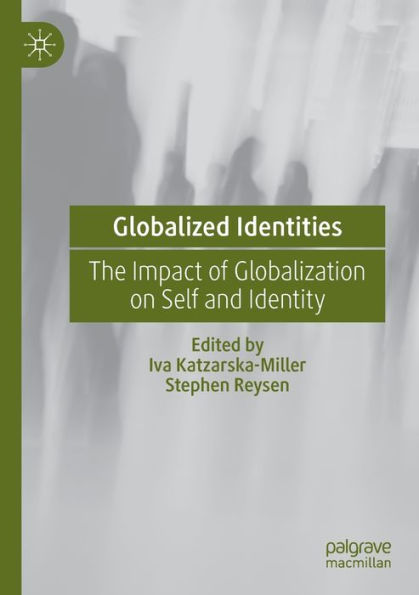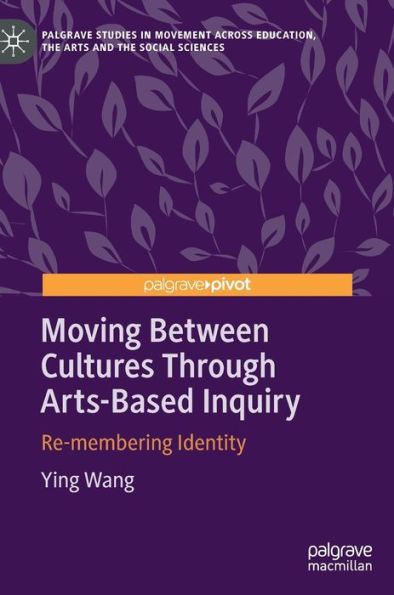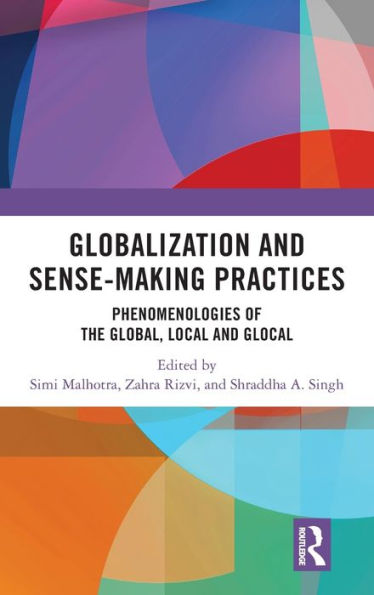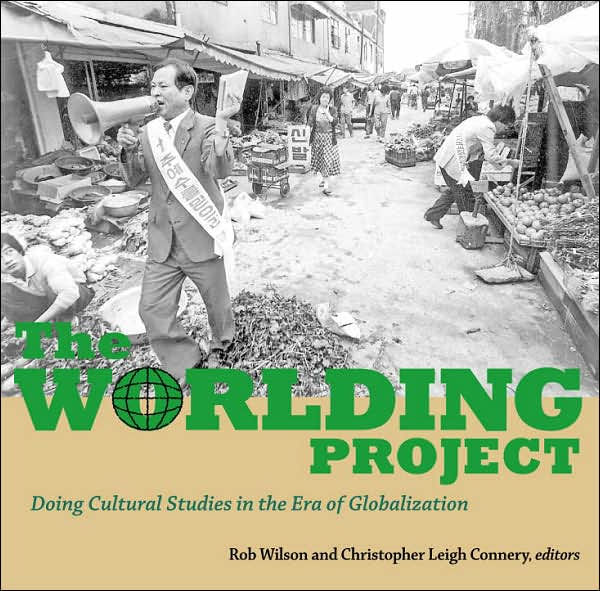Home
Globalizing Art: Place, Identity and Transformation
Barnes and Noble
Globalizing Art: Place, Identity and Transformation
Current price: $20.00
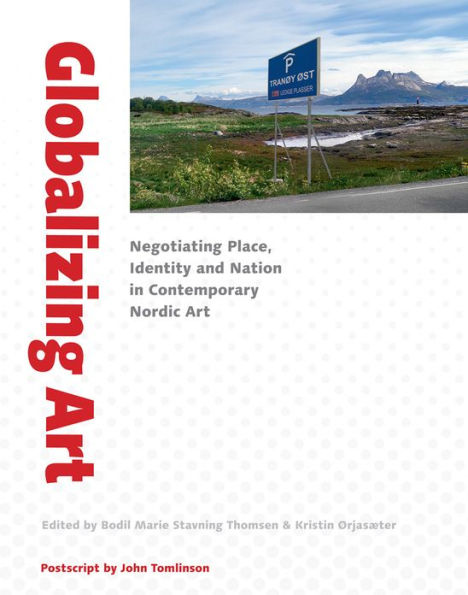

Barnes and Noble
Globalizing Art: Place, Identity and Transformation
Current price: $20.00
Size: OS
Loading Inventory...
*Product information may vary - to confirm product availability, pricing, shipping and return information please contact Barnes and Noble
What is the common denominator of Nordic artists and artist groups like Adel Abidin, Eija-Liisa Ahtila, Das Beckwerk, Bjork, Olafur Eliasson, Hakki, Michael Elmgreen and Ingar Dragset, Julie Edel Hardenberg, Lise Harlev, Kristian von Hornsleth, Sami van Ingen, Jonas Hassen Khemiri, Sen Lose, Husk Mit Navn, Pekka Niskanen, Ellen Nyman, Oyvind Rimbereid, Annica Karlsson Rixon and Superflex? They all explore local identity formations and images of nationality and trans-nationality within a global context. The term 'Nordic' is indeed constructed historically for political, commercial and scientific reasons, but as any symbolic universe it obtains a material sense as a geopolitical 'place' through the collaborations between the nations involved. The Cartoon Crises and its many reverberations issuing from Denmark in 2005 became an important turning point for discussions on national as well as Nordic identities and values. The new cultural agenda in which local identities were branded for a global public, concurrent with attempts in domestic politics to create national safeguards toward globalization, has indeed been noticed by artists during the last decade. In light of new global and transnational relations, contemporary art has requested a renegotiation of the frameworks constructing national and Nordic communities. All articles in this book discuss ways in which art seeks to redistribute national and cultural identity. Common to the artists examined is the drive to combine cultural images from multiple sources and several media. Thus, the book also explores how works that express new identity formations confront the conventional aesthetic production of meaning and, all in all, it contributes to the examination of how art reinvents itself when dealing with unresolved issues of political, national and cultural belonging.
